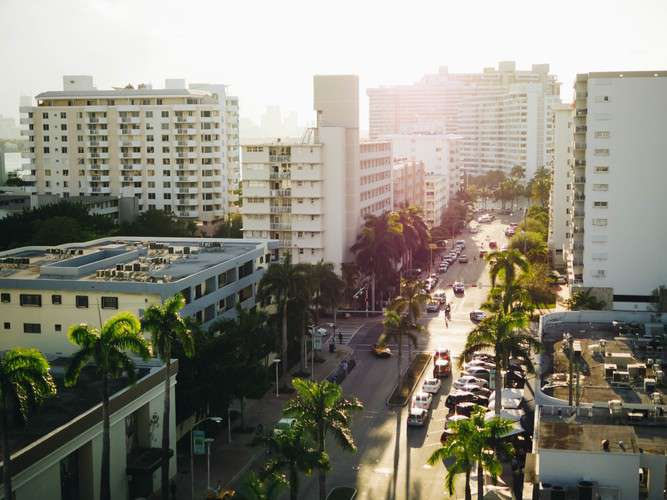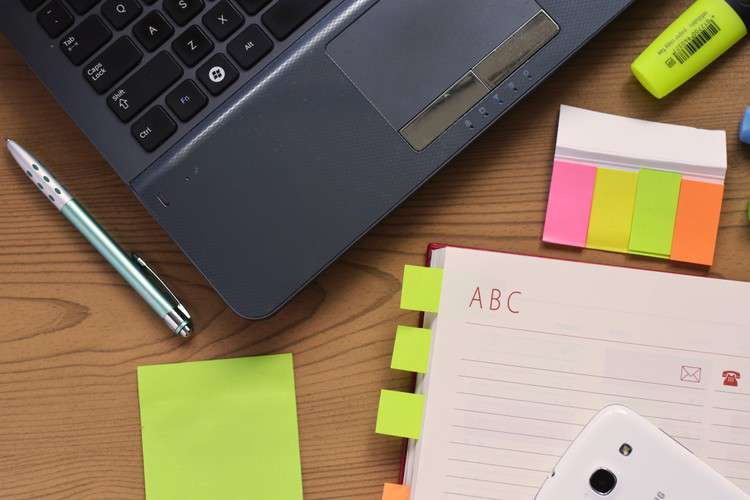In the captivating realm of aerial photography, there exists a phenomenon that has taken the world by storm – the air selfie. As we delve into the enchanting world of these soaring self-portraits, we find ourselves gripped by the questions that arise. How do you use air selfies? How long can a personal drone stay in the air to capture these breathtaking shots? And perhaps most intriguingly, how much is the air selfie 2, the embodiment of our desire to immortalize ourselves in the ethereal beauty of the sky? Delving further, curiosity draws us towards the realm of military drones, whose extraordinary capabilities provoke wonder and raise concerns. We yearn to know just how far a military drone camera can see, and with increasing urgency, we inquire if these elusive machines can indeed be detected. Join us as we unravel the secrets, possibilities, and limitations of the mesmerizing air selfie, leaving no question unanswered.
How do you use air selfies?
Embarking on the adventure of air selfies requires a combination of creativity, technical knowledge, and a touch of daring. To capture that perfect shot from above, one must first obtain a personal drone equipped with a camera. With cautious navigation skills, the drone hovers in the air, awaiting instructions from its pilot. The user, armed with a smartphone, controls the drone's movements, adjusting its altitude and angle to achieve the desired composition. As the drone soars through the skies, the user frames themselves or the picturesque surroundings within the camera's viewfinder on their smartphone screen, ensuring the perfect aerial pose or landscape. With calculated precision, the user captures the air selfie by clicking a button on the smartphone app, leaving a permanent mark of their presence against the backdrop of infinite horizons. It is through this harmonious collaboration between technology, innovation, and an artistic eye that air selfies, with their enthralling perspectives and grandiosity, have become an integral part of modern visual storytelling.
How long can a personal drone stay in the air?
A personal drone's ability to remain airborne is influenced by various factors, including its design, battery life, and weather conditions. Typically, consumer-grade drones can fly for about 15 to 30 minutes before their batteries deplete. However, advancements in drone technology and the availability of high-capacity batteries have extended flight times for certain models. In some instances, professional-grade drones can stay aloft for up to an hour or more. Pilots must carefully monitor the drone's battery level during flight to ensure a safe return. Moreover, flying in adverse weather conditions can significantly impact a drone's flight time, as the onboard systems work harder to maintain stability against strong winds. To maximize their airtime, drone enthusiasts often invest in additional batteries or charging stations, allowing them to quickly swap out depleted batteries and continue capturing breathtaking aerial footage and, of course, air selfies.
How much is the air selfie 2?
The air selfie 2, the latest iteration of this revolutionary gadget, has garnered widespread attention for its compactness, ease of use, and exceptional image quality. Priced at an approximate range of $200 to $300, the air selfie 2 offers an affordable entry point into the world of aerial photography. Moreover, its pocket-sized design allows users to carry it effortlessly, whether embarking on an exciting adventure or simply capturing everyday moments from new heights. With its built-in camera and advanced stabilization technology, the air selfie 2 ensures that every shot is crisp and captivating. Its intuitive smartphone app enables users to control the drone's flight path and camera settings effortlessly, transforming any novice into a skilled aerial photographer. So if you are longing to elevate your photography game and capture unique perspectives from above, the air selfie 2 is a worthy investment that offers unparalleled value at an affordable price point.
How far can a military drone camera see?
The capabilities of military drone cameras are truly awe-inspiring, as they possess the ability to surveil vast landscapes from great distances. Depending on the specific model and mission requirements, military drone cameras can generally see objects and individuals with remarkable clarity at distances ranging from several kilometers to tens of kilometers. Equipped with advanced optical zoom capabilities, these cameras can capture minute details, facial expressions, and even license plate numbers from high altitudes. This long-range vision is further enhanced by the use of powerful telephoto lenses, infrared sensors, and cutting-edge imaging technologies. By employing sophisticated imaging algorithms, military drones provide real-time intelligence and surveillance, supporting tactical operations, border security, and reconnaissance missions. The long-reaching gaze of military drone cameras acts as an omnipresent eye in the sky, constantly monitoring vast territories and aiding in maintaining national security.
Can military drones be detected?
In the ever-evolving landscape of modern warfare, the detection of military drones has become an area of intense focus for defense systems and experts alike. Detecting military drones presents significant challenges due to their small size, low flight altitudes, and the capacity to operate stealthily. However, a variety of detection methods have been developed to counter these elusive machines. Traditional radar systems, which use radio waves to detect objects in the sky, are effective in detecting larger military drones. Improved radar technologies, such as those utilizing high-frequency bands or phased array antennas, can enhance detection capabilities even further. Additionally, acoustic sensors, which listen for the distinct sound signatures of drone propellers, have been deployed to aid in detection. Thermal cameras, electro-optical sensors, and radio frequency detectors can also contribute to the identification and tracking of military drones. Over time, defense experts and security agencies have continued research and development efforts to refine detection technologies, aiming to stay one step ahead in the ongoing cat-and-mouse game between military drones and their detection systems.

Further Inquiries about air selfie
1. How do air selfies handle windy conditions?
When it comes to capturing air selfies, windy conditions can pose a challenge. A personal drone's stability is crucial to ensuring clear and steady shots. Fortunately, modern drones are equipped with advanced stabilization systems that help counteract the effects of wind. These systems utilize gyroscopes, accelerometers, and GPS technology to maintain the drone's position and prevent it from being carried away by strong gusts of wind. Additionally, some drones have obstacle avoidance sensors that can help in navigating windy environments safely. It is advisable to fly drones in moderate wind conditions below the manufacturer's recommended limits to ensure better control and image quality. In case of strong winds, it's essential to prioritize safety and avoid flying the drone, as it can compromise its stability and pose a risk.
2. What are the legal restrictions and regulations surrounding air selfies?
The use of personal drones for air selfies is subject to regulations and restrictions imposed by aviation authorities in various countries. These regulations typically involve restrictions on flight altitude, flying near airports, and flying over populated areas or sensitive locations. Additionally, drone pilots are often required to register their drones, obtain licenses or permits, and follow specific flight rules to ensure safety and privacy. It is important to research and comply with the regulations imposed by the aviation authority in your country or region before engaging in air selfie activities. Familiarizing yourself with these rules not only ensures legal compliance but also helps in promoting responsible drone usage and avoiding potential accidents or incidents.
3. What are the ethical considerations of air selfies?
While air selfies provide stunning perspectives and captivating visuals, it is essential to consider the ethical aspects associated with their use. Privacy concerns arise when capturing images or videos from aerial viewpoints, as individuals on the ground may unintentionally be included in the shots. Respecting privacy is crucial, and drones should not be used to invade personal spaces or capture sensitive information without consent. Additionally, it is important to be mindful of local regulations, cultural sensitivities, and environmental impact while flying drones for air selfies. Responsible drone usage involves considering the well-being of others, maintaining a safe distance from people and wildlife, and avoiding disturbance to natural habitats. By adopting an ethical approach to air selfies, we can enjoy the beauty of aerial photography while respecting the rights, privacy, and environment of others.
From the mesmerizing allure of air selfies to the technical intricacies of personal drone flight, our journey through the skies has been nothing short of captivating. We have explored the artistry and technique behind capturing breathtaking aerial shots, delved into the limitations and flight times of personal drones, and even peeked into the realm of military drone technology and its vast capabilities. As we navigated through the questions surrounding air selfies, we discovered the captivating possibilities they offer, while also addressing the important ethical considerations and legal restrictions that come with their use. From wind resistance to privacy concerns, we unraveled the complexities of this remarkable form of photography. As our understanding of air selfies expanded, so too did our appreciation for the harmonious blend of technology and creativity that makes these soaring self-portraits so enchanting.



